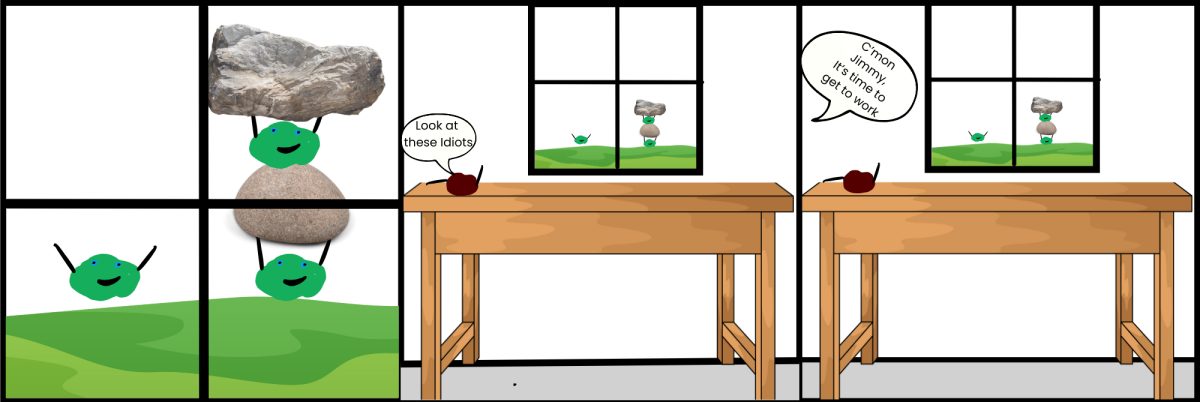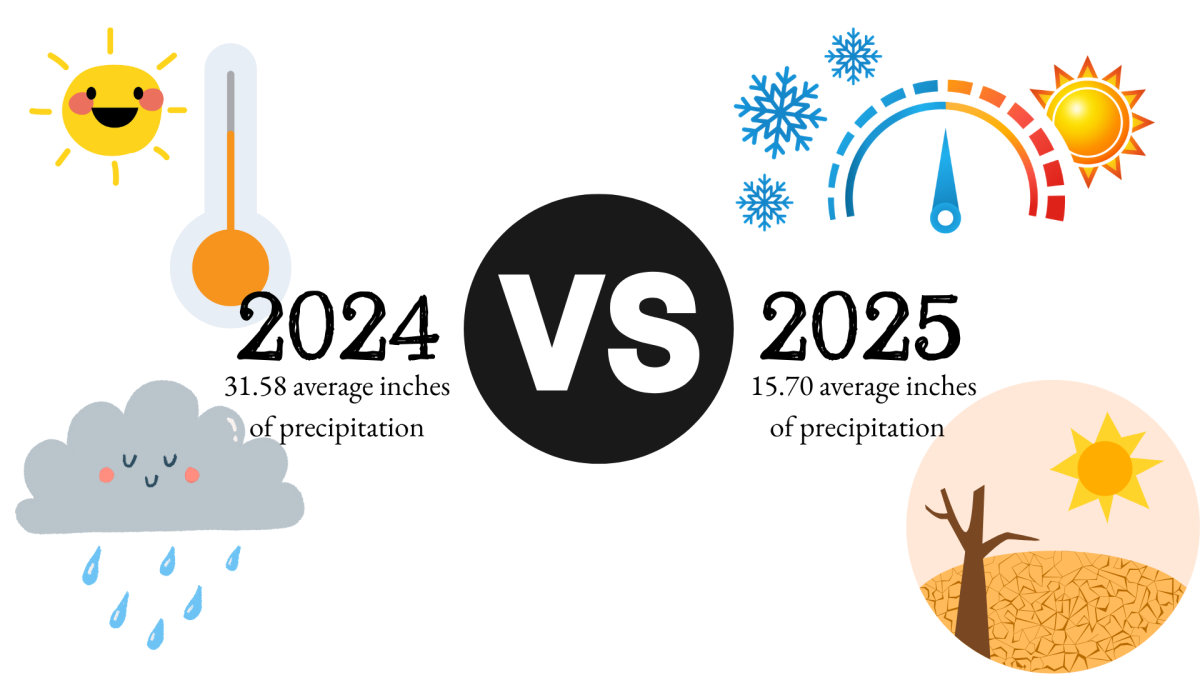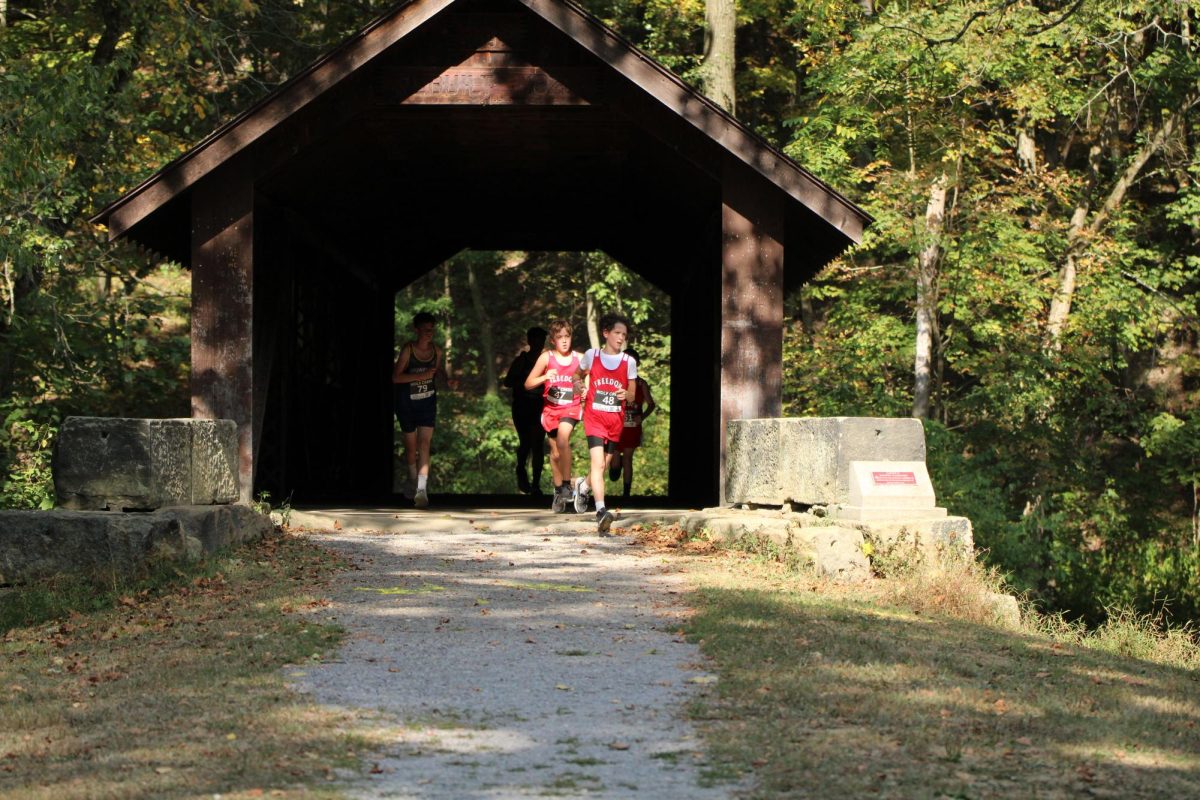Unusual weather patterns caused by global warming
Submitted Photo. Used with permission
Mrs. Gena Tokar’s kindergarten class enjoys outdoor recess on an unseasonably warm winter day.
March 28, 2019
What? 50 degrees in winter? No snow on Christmas? This can’t be real life! Well, this may all be due to global warming. What is global warming? Global warming is when gases that trap heat, such as nitrogen, oxygen, and argon, get stuck in our atmosphere. These gases are released through electricity, transportation, industries, and farming. The gases slowly trap heat inside our atmosphere making the temperature get higher over extended periods of time.
There are many ways that global warming affects us as humans. It has an effect on our weather by making it fluctuate. It also has an effect on our ecosystems. The ecosystems are affected from global warming because it increases the dangers of wildfires, causing unwanted migration, causing species to become endangered, and more extreme and dangerous weather.
According to National Geographic, these are some of the things global warming affects, as the mercury rises, the climate can change in unexpected ways. In addition to sea levels rising, weather can become more extreme. This means more intense major storms, more rain followed by longer and drier droughts—a challenge for growing crops—changes in the ranges in which plants and animals can live, and loss of water supplies that have historically come from glaciers.
It is important that we try to stop global warming because it can lower the quality of our air, increase Vector-Borne diseases, which are diseases transmitted by insects or arachnids, affect the amount of water we have to drink, and how we grow food and animals. These things are impactful on humans and animals alike because it could change how we live our lives completely. The ways global warming could change our lives are: it could impact our security on food, our water supplies, our transportation, and our energy production. This could be a potentially catastrophic event that couldn’t be reversed.














![Lucia Haney [Editor in Chief] working hard to ensure Ink and Imagination is a success.](https://bulldogbarker.com/wp-content/uploads/2025/05/Ink-and-Imagination-1200x800.jpg)
